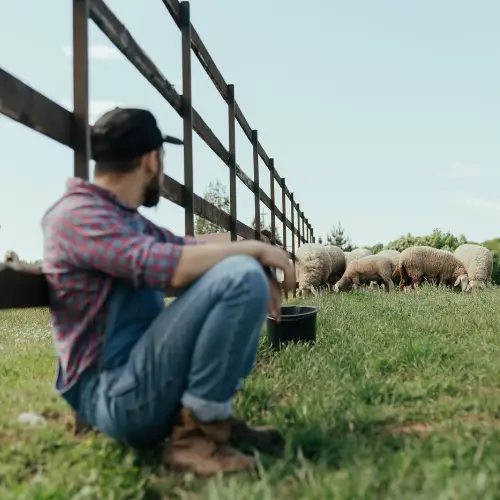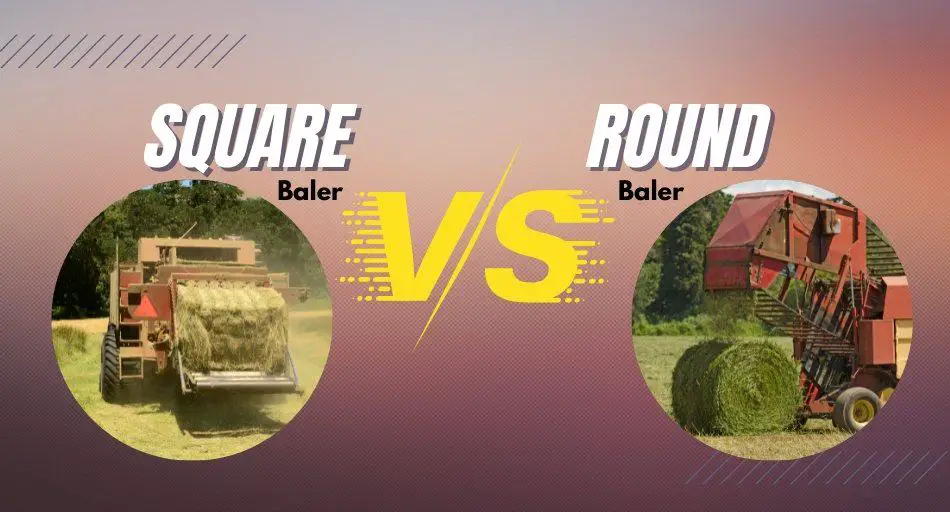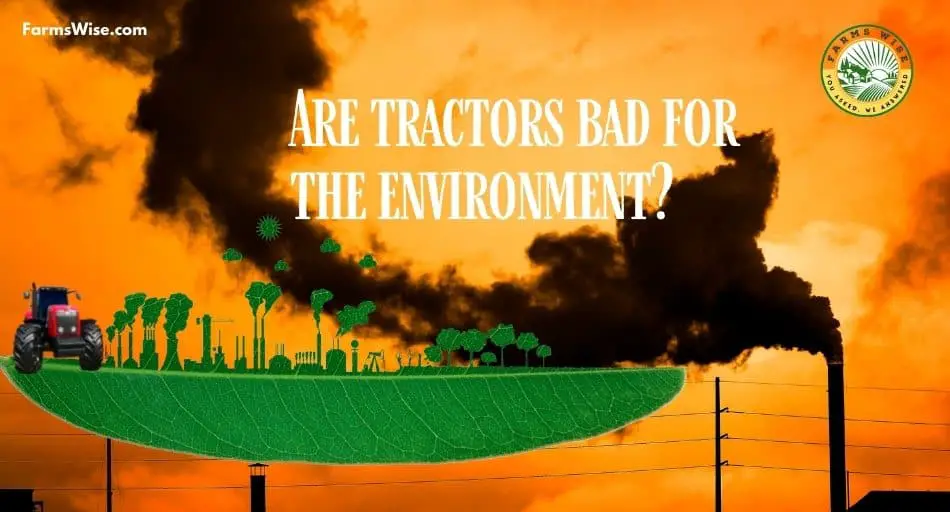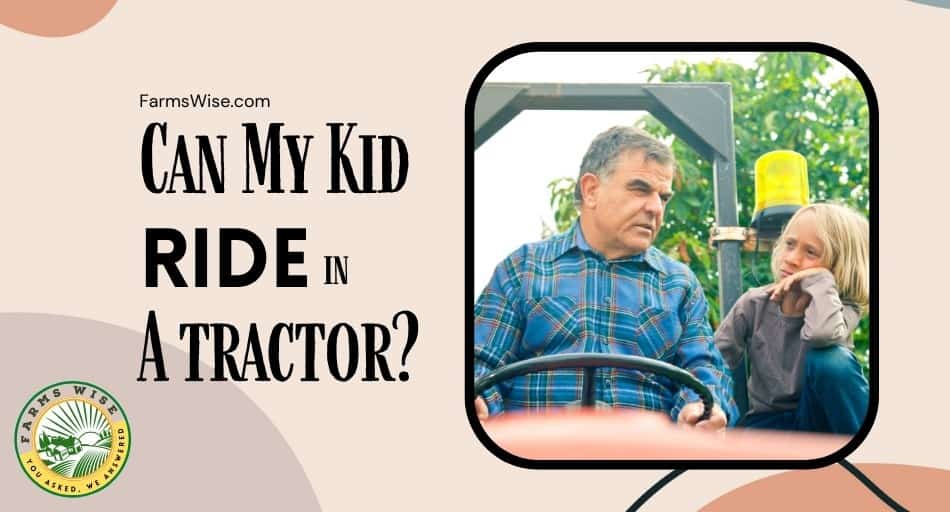If you’re a farmer looking to increase your crop yield and reduce your workload, then you may be considering investing in an agriculture drone.
These specialized drones can provide valuable data on soil health, crop growth, and irrigation needs, allowing you to make more informed decisions about how to manage your fields.
Before you purchase an agriculture drone, it’s important to understand how much weight it can carry.
The amount of weight an agriculture drone can carry will vary depending on the specific model and configuration. Some smaller, hobbyist drones may only be able to carry a few pounds, while larger, industrial-grade drones can carry payloads of up to 44-66 pounds or even more.
The weight capacity of your drone will determine what kind of equipment you can attach to it, such as cameras, sensors, or even crop sprayers.
When selecting an agriculture drone, it’s important to consider your specific needs and budget.
While larger drones may be able to carry more weight, they may also be more expensive and require more advanced piloting skills.
On the other hand, smaller drones may be more affordable and easier to operate, but may not be able to carry as much equipment.
By understanding the weight capacity of your agriculture drone, you can make an informed decision about which model is right for you.
What Drone Is Used Most Often In Agriculture?
When it comes to agriculture, the most commonly used drone is the DJI Agras MG-1.
This drone has been designed specifically for agricultural use and is equipped with advanced features that make it ideal for crop spraying and mapping.
DJI Agras MG-1
The DJI Agras MG-1 is a powerful drone that can carry up to 22 pounds of payload. This means that it can carry a significant amount of liquid or granular material for crop spraying.
The drone is equipped with a high-precision radar system that helps it to maintain a stable flight even in windy conditions.
READ ALSO: What drone dominates the agriculture industry? Let’s Find Out!
It also has a GPS system that allows it to navigate accurately and autonomously, making it easy to operate.
The Agras MG-1 is designed to be efficient and easy to use. It has a quick-release mechanism that allows you to change the payload quickly and easily, and its battery can be swapped out in just a few seconds.
This means that you can keep your drone in the air for longer periods, without having to worry about downtime.
Overall, the DJI Agras MG-1 is the go-to drone for agriculture, thanks to its powerful payload capacity, advanced features, and ease of use.
READ ALSO: What is the Biggest Farm Drone? Discover the Top Contenders for Large-Scale Agriculture!
Is Drone Technology Eco-Friendly?
When it comes to agriculture, drone technology is becoming increasingly popular as it can help farmers monitor their crops and optimize their yields. However, you may be wondering if using drones is eco-friendly.
One of the main benefits of using drones in agriculture is that they can reduce the use of harmful chemicals.
By using drones to spray crops, farmers can target specific areas and reduce the amount of pesticides and fertilizers used. This can help to minimize the amount of chemicals that end up in the environment and reduce the risk of contamination.
Another benefit of using drones is that they can help to reduce soil erosion. By using drones to monitor soil health, farmers can identify areas that are at risk of erosion and take steps to prevent it.
READ ALSO: 50 Farming Tips for Beginners (Must Read)
This can help to preserve the quality of the soil and reduce the amount of sediment that ends up in nearby streams and rivers.
Drones can help to reduce the carbon footprint of agriculture. By using drones to monitor crops, farmers can identify areas that need attention and take action before problems become too severe.
This can help to reduce the need for heavy machinery, which can be a significant source of greenhouse gas emissions.
Overall, while there are some environmental concerns associated with drone technology, the benefits of using drones in agriculture far outweigh the risks.
By reducing the use of harmful chemicals, minimizing soil erosion, and reducing the carbon footprint of agriculture, drones can help to make farming more sustainable and eco-friendly.
READ ALSO: The Key to Safe Towing: Understanding Trailer Tongue Weight
What Is A Seed-Dropping Drone?
A seed-dropping drone is a type of agriculture drone that is designed to spread seeds over a large area quickly and efficiently.
This type of drone is equipped with a seed hopper that can hold a large number of seeds, and it uses a special mechanism to drop the seeds onto the ground as it flies over the target area.
Seed-dropping drones are commonly used for reforestation, erosion control, and crop management.
They can be used to plant trees, grasses, and other vegetation on hillsides, wetlands, and other areas that are difficult to access with traditional planting methods.
One of the key benefits of using a seed-dropping drone is speed. These drones can cover large areas quickly, and they can drop seeds at a much faster rate than manual planting methods.
This means that you can plant more seeds in less time, which can be particularly useful for large-scale reforestation projects.
Another benefit of using a seed-dropping drone is precision. These drones can be programmed to fly over a specific area and drop seeds at precise intervals, which can help ensure that the seeds are distributed evenly and at the correct density.
READ ALSO: Best Tractor Salvage Yards in Kentucky for Affordable Parts
This can help improve the success rate of planting projects and reduce the amount of wasted seeds.
Overall, seed-dropping drones are a useful tool for anyone involved in agriculture, forestry, or land management. They can help you plant more seeds in less time, improve the success rate of planting projects, and reduce the amount of labor required for manual planting methods.
Frequently Asked Questions
Are there any agriculture drones that can carry more than 5 lbs?
Yes, there are agriculture drones that can carry more than 5 lbs. Heavy lift drones can carry up to 20-30 pounds or more. These drones are designed for heavy-duty tasks such as crop spraying and fertilization.
What is the maximum payload for a heavy-lift drone?
The maximum payload for a heavy lift drone can vary from 20-30 pounds to over 100 pounds.
These drones are designed for heavy-duty tasks and can carry a variety of payloads such as fertilizer, pesticides, and even water.
Are there any delivery drones that can carry packages over 10 lbs?
Yes, there are delivery drones that can carry packages over 10 lbs. Amazon Prime Air, for example, is developing a delivery drone that can carry packages up to 5 pounds.
However, there are other delivery drones that can carry heavier packages.
What is the weight limit for a DJI Phantom 4 drone?
The weight limit for a DJI Phantom 4 drone is around 3-4 pounds. This drone is designed for aerial photography and videography and is not suitable for heavy-duty tasks.

Jack is the owner, chief editor, and senior writer of this website.
Machinery, engines, and farming have always been a passion of his since he was a young boy. Growing up on a small farm in rural America, he learned the value of hard work and dedication from an early age.
After completing his degree in Engineering, he decided to follow his dream and became a farmer in 2009.
Since then, he has gained a wealth of knowledge and experience in the field. He has grown a variety of crops, tended to farm animals, and worked with all sorts of farming machinery. Continue reading…






